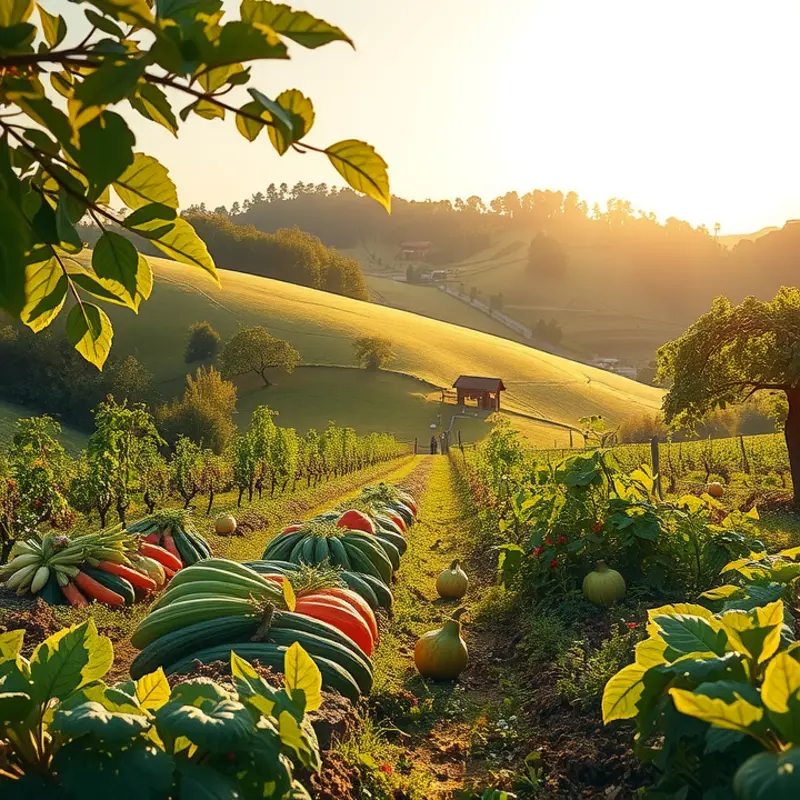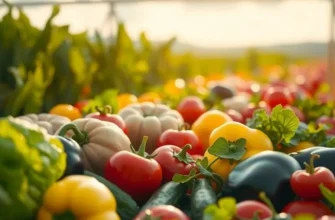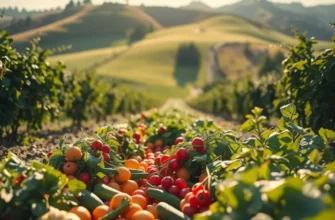Creating velvety sauces can elevate any dish, turning ordinary meals into culinary delights. Regardless of your experience level, mastering these sauces can boost your confidence and enhance your cooking repertoire. With a blend of basic techniques and a few vital ingredients, you can achieve perfect consistency and flavor. Get ready to impress your family and friends with your newfound skills in the kitchen, bringing restaurant-quality sauces right to your home dining table.
Understanding the Foundations of Velvety Sauces

Creating velvety sauces involves mastering a balance of techniques and ingredients. The heart of many classic sauces is the roux—an essential starting point. A roux is a cooked mixture of fat and flour used to thicken sauces. The key to a perfect roux lies in its cooking time and color. For a rich, nutty flavor, cook it longer, achieving a deeper color, but be cautious to avoid burning. The butter or oil you select can add subtle nuances, from buttery richness to herbaceous undertones.
Once you’ve achieved the desired roux, it’s important to consider the liquid you introduce. Cream, often lauded for its luxurious texture and flavor, is a staple in velvety sauces. However, not all creams are created equal. Heavy or double cream will provide the richest texture but can quickly overwhelm other flavors if used to excess. For a lighter option, consider half-and-half or even substituting a portion with milk, allowing the other ingredients to shine.
Flavoring agents are what set your sauce apart, transforming it from ordinary to masterful. Fresh herbs, spices, and even citrus zest can infuse your sauce with vibrant flavors. Choose wisely based on your dish’s overall profile. Herbs like thyme or rosemary add depth, while spices such as nutmeg or cayenne can introduce warmth and complexity. Balance is critical; aim for harmony where no single ingredient dominates unless intentionally directed by the dish’s demands.
As you concoct your sauce, remember that gentle, consistent cooking is your ally. Too high a heat can cause separation or burning, while patience will allow every element to meld beautifully. Constant stirring, often with a whisk, will aid in producing a smooth, glossy finish.
Keep a close eye on seasoning. Salt is a basic yet significant part of bringing out the sauce’s flavors, but it should be added towards the end of the cooking process. As the sauce reduces, flavors concentrate, and early salting can lead to an overpowering final product. Instead, consider incorporating other flavor-enhancing alternatives, such as a touch of acidity from lemon juice or umami-rich soy sauce. This approach can reduce dependency on sodium while enhancing depth. For more ways to boost flavors without salt, explore this guide.
Understanding these foundational components and techniques paves the way for you to craft an array of diverse and delectable sauces. Whether you’re preparing a creamy Alfredo, a delicate béchamel, or exploring international inspirations, these principles will elevate your creation, setting you closer to culinary mastery.
Perfecting the Texture and Flavor

Achieving the perfect velvety texture in your sauce is an art that can elevate your entire dish. A masterful sauce should be smooth and unctuous, gliding effortlessly over your food without overpowering its natural essence.
One critical technique is emulsification. When trying to combine oil and water-based ingredients, such as in vinaigrettes or creamy dressings, achieving balance is paramount. Start by slowly whisking in your oil to your vinegar or lemon juice, allowing tiny droplets to form and sustain harmony. Use a whisk or an immersion blender for efficiency—each tool ensures the droplets are evenly dispersed and remain suspended.
Whisking is not limited to vinaigrettes. When making a béchamel or similar sauce, the intensity and consistency of your whisking can make a world of difference. Use vigorous, steady movements to prevent lumps and ensure even heating. The flour and fat in your roux should meld seamlessly with your liquid as you whisk, creating a dreamy, smooth consistency.
Cooking techniques are invaluable when perfecting sauce texture. Gentle simmering is key, as too high a heat can cause separation or stickiness. Stir regularly, particularly with milk-based sauces, to avoid scorching. If time permits, reducing a sauce can intensify its flavor while naturally thickening the texture without extra agents like cornstarch.
Thickness can make or break the presentation of a sauce. Start by evaluating the initial consistency and adjust accordingly. For sauces that are too thin, a flour or cornstarch slurry can help. Mix a tablespoon with cold water until smooth before incorporating it into your sauce. Stir continuously as it heats to avoid any lumps. On the other hand, to thin a sauce, gently whisk in a bit of stock, milk, or even a dash of wine, allowing integration without diluting the flavors excessively.
Balancing flavors might be the final stage, yet it is no less crucial. A well-flavored sauce complements the dish rather than overshadowing it. Taste as you go and adjust. Acidity can cut through richness—turn to lemon juice or vinegar sparingly. Salt and sugar can balance each other—add a pinch if your sauce feels flat. Try enhancing depth by employing ingredients like garlic, shallots, or even a dash of soy sauce. Look for more ideas on flavor boosters without salt.
Be mindful of how your sauce pairs with the dish. Creamy sauces might accentuate a delicate fish, while robust red sauces pair well with red meats. Study and experiment with these techniques, and your sauces will not only tie your dishes together but also leave a lasting impression on anyone fortunate enough to enjoy your home cooking.
Final words
Mastering velvety sauces is an enriching and rewarding experience that will significantly enhance your culinary skills. By understanding the foundational elements, such as the use of roux or emulsification, alongside mastering texture and flavor balancing, you unlock a new level of cooking creativity. Don’t hesitate to experiment with different ingredients and methods as you build your confidence. With practice, you’ll find that creating these delightful sauces becomes second nature, allowing you to transform everyday meals into extraordinary feasts.







